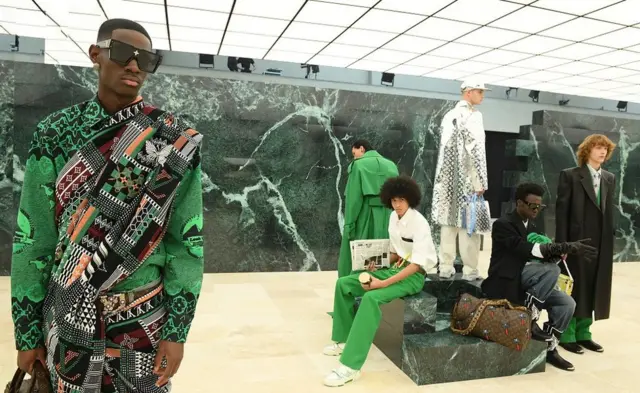Fashion in Ghana has always been more than just clothing. It’s a vibrant tapestry woven with culture, identity, and history. Over the decades, it has evolved from traditional, handcrafted attire to a dynamic, modern scene where young Ghanaians are leading a new movement of creativity and sustainability.
The Roots of Ghanaian Fashion
For centuries, Ghana’s diverse ethnic groups each had their distinct styles. The Ashanti people are famous for the iconic Kente cloth, a symbol of prestige and history, while the Batakari smock from the north is still widely worn, especially by chiefs and political figures.
These traditional garments were not only beautiful but also practical, perfectly suited to the country’s hot climate.
After gaining independence in 1957, President Kwame Nkrumah championed local attire as a way to promote national pride.
This sparked a trend of blending traditional prints with contemporary designs, a powerful statement of a newly independent African identity. The 1960s and ’70s saw this cultural pride flourish, with music and art influencing fashion choices.
Women wore elegant kaba and slit outfits made from African prints, while men embraced bold shirts and trousers.
A Turn to the “Dead White Man’s Clothes”
The landscape shifted in the 1980s and ’90s with the influx of secondhand clothes from Europe and America. These items, known as “obroni w’awu”—literally meaning “dead white man’s clothes”—flooded the markets. While affordable and accessible, they posed a significant challenge to local textile and clothing businesses.
Today, a new generation is flipping this narrative on its head. Young Ghanaians have embraced thrifting, creatively repurposing these secondhand items and mixing them with local styles to create a unique, modern aesthetic.
The Rise of Streetwear and Sustainable Style
The Ghanaian fashion scene is now being driven by its youth, who are transforming the streets into their personal runways. The streetwear movement, fueled by music, skateboarding culture, and social media, is booming.
Platforms like Instagram and TikTok have become crucial for young designers and fashion enthusiasts to showcase their looks, share thrift finds, and build a following.
This new wave of fashion is also deeply rooted in a growing awareness of environmental issues. Many young people are moving away from fast fashion, instead championing thrifting, upcycling, and using natural, locally sourced materials.
Challenges and Hopes for the Future
Despite this creative boom, the industry faces significant hurdles. Young designers often struggle with a lack of resources, including access to quality materials, funding, and formal training.
Government support for the fashion industry remains limited.
However, there are reasons to be optimistic. The rising global interest in African fashion is opening new doors, and various organizations and schools are starting to provide crucial support and mentorship.
Ghana’s fashion story is a testament to the country’s creative spirit and resilience, a narrative where every piece of clothing—from a traditional Kente to a repurposed thrifted jacket—tells a story of heritage and innovation.
By Francisca Brown Voryee


